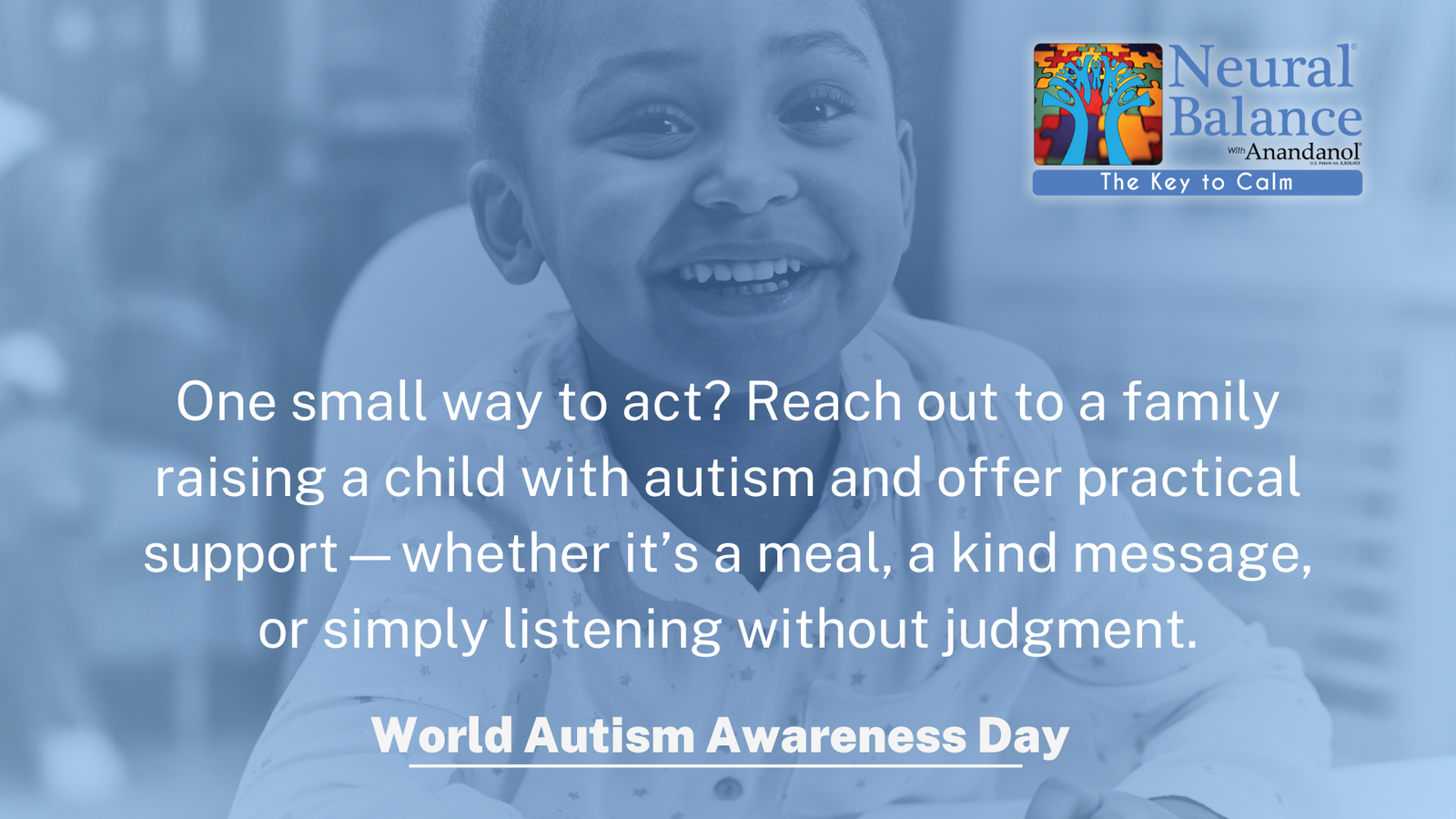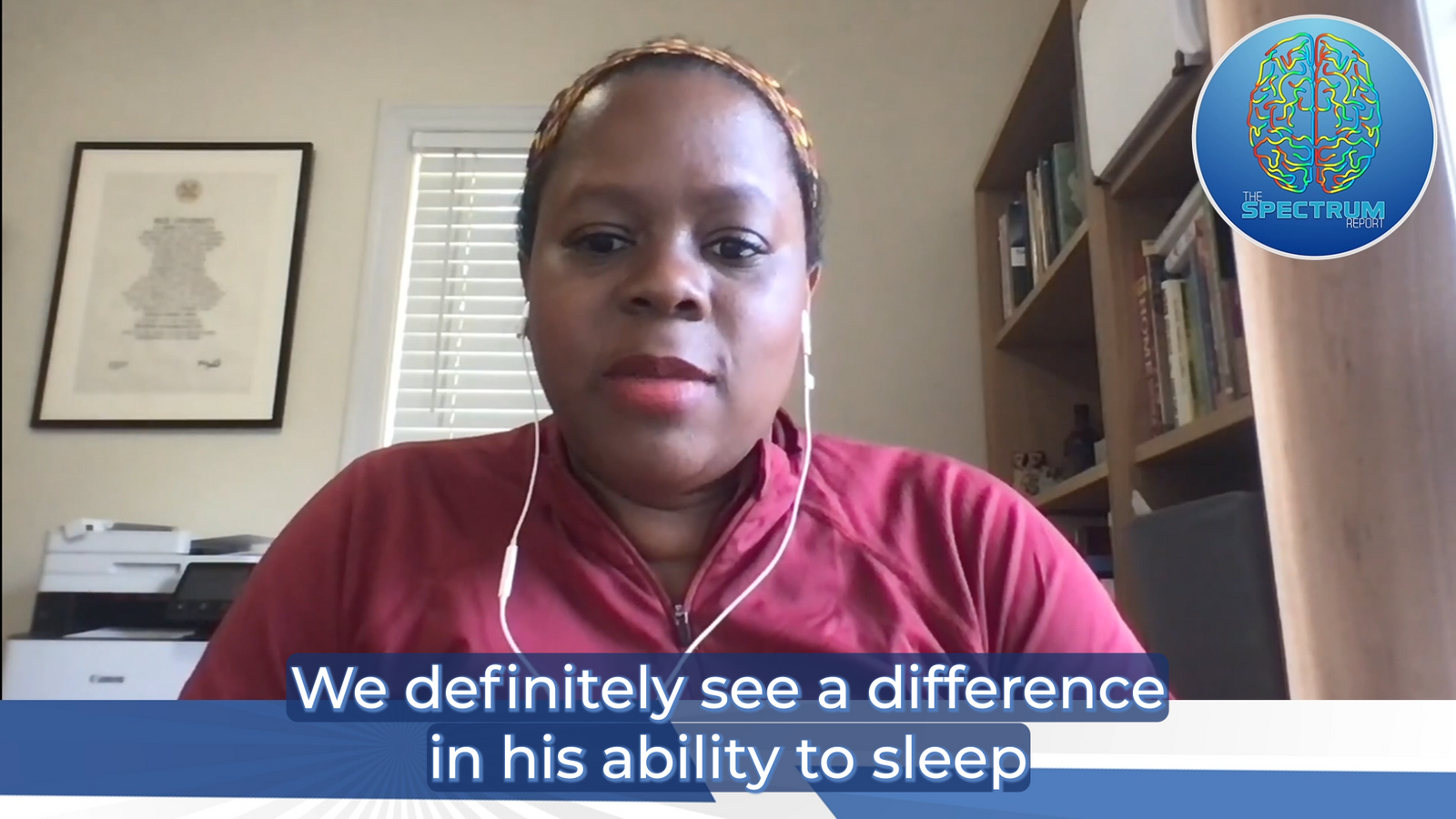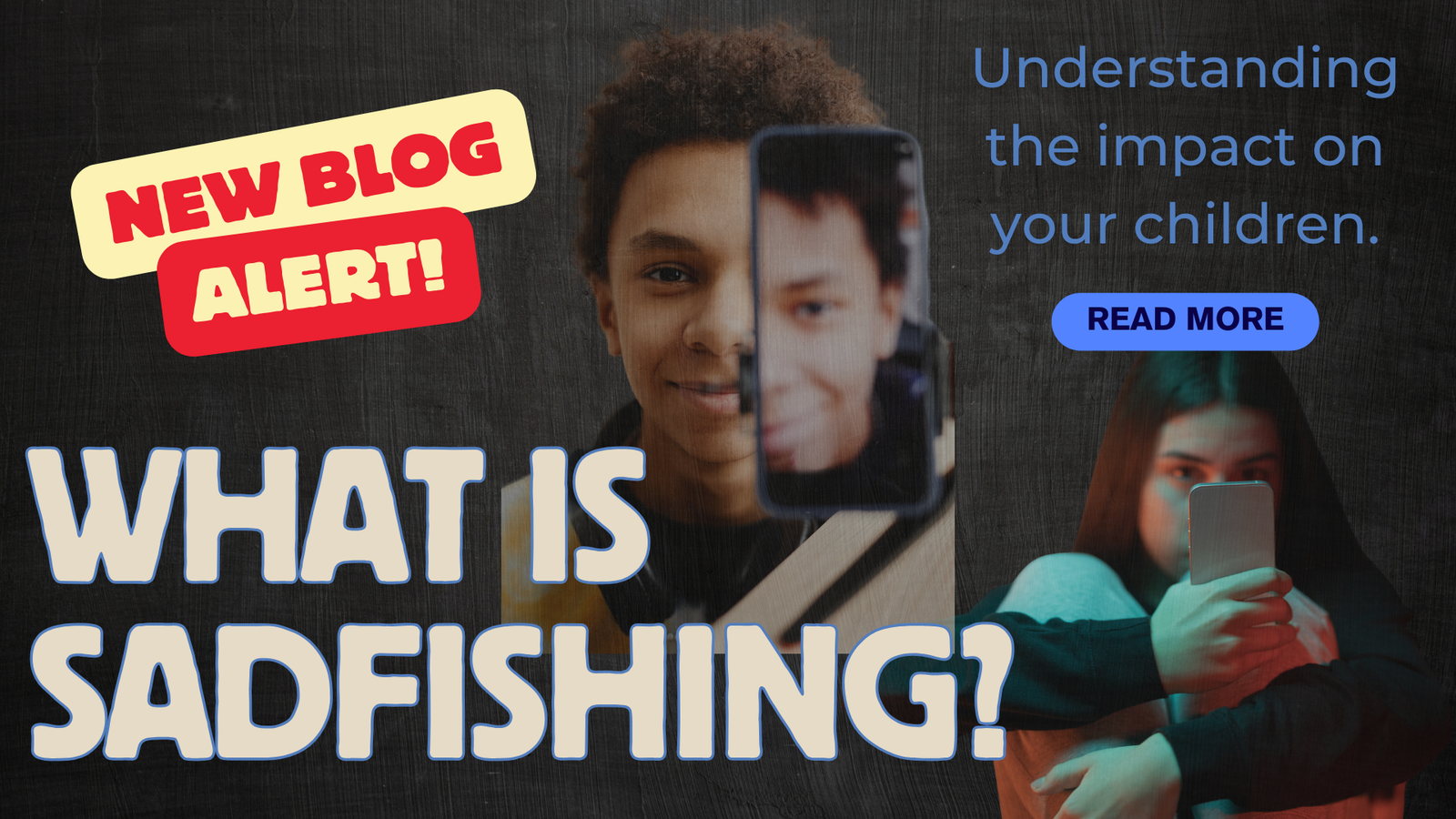Parenting
World Autism Awareness Day was first designated by the United Nations in 2007 to bring global attention to autism and to encourage member states to improve quality of life for those with ASD so they can lead full and meaningful lives. While increased awareness is a step in the right direction, understanding and inclusion are where true change begins
As the chill of winter fades and warmer days roll in, many families breathe a sigh of relief—until the change in season brings its own set of challenges. For parents of children with autism, sensory sensitivities, or behavioral struggles, springtime can feel like a mixed blessing.
Beyond IQ scores, researchers are investigating links between fluoride and behavioral disorders like attention deficit hyperactivity disorder. ADHD is a complex condition, but environmental toxins are one suspected contributor – and fluoride has emerged as a potential culprit. In 2015, an ecological study examined ADHD rates across U.S. states in relation to water fluoridation levels. The results were striking: states with more fluoridated water had significantly higher ADHD prevalence, even after adjusting for socioeconomic differences.
In our previous blog post, we explored the concept of "sadfishing" and how it can be a sign of deeper emotional struggles in children. While it's crucial to recognize and address sadfishing behaviors, it's equally important to understand the implications for those who consume this content. The audience or followers of individuals who engage in sadfishing can also experience negative effects, making it essential for parents and caregivers to guide their children on both ends of this spectrum.












